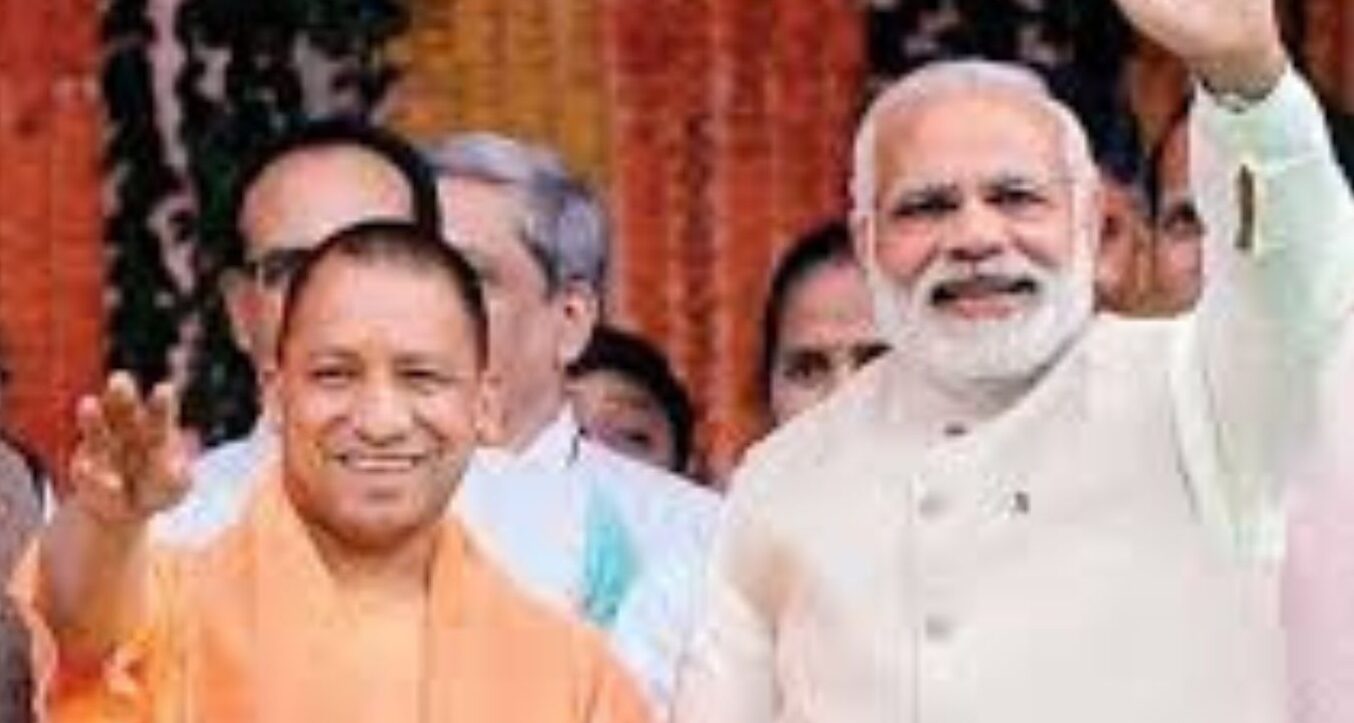
What is China is a question which has some relevance today, and the answer is important not only for the Communist Party of China (CPC), but the world at large too.
On September 1, Xinhua reported that a series large exhibitions centered on the theme ‘Ethnic Unity— Casting a Firm Consciousness of the Chinese National Community’ sponsored by the National Culture Palace, had officially been launched in Beijing.
It included several displays centered on a multi-ethnic China; the exhibitions were entitled: ‘Treasures of Nationalities’; ‘People of All Ethnic Groups – Hearts to the Party’; ‘National Ethnic Minorities’ Gifts to the Party’, while another presents the ‘Cultural Relics in the Collection of the Palace of Nationalities’.
Why suddenly this emphasis on China’s ‘ethic unity’ and this after 100 years of the CPC’s existence. As always in China, the propaganda’s stress is put on something which is missing (‘unity’).
Already in August, President Xi Jinping addressed a Central Ethnic Work Conference pleading for solid ethnic work and ‘casting a firm sense of Chinese ethnic community’.
He mentioned 50,000 precious cultural relics, more than 200,000 ancient books, some 400,000 other books and more than 3,000 paintings and works of art, kept in the National Culture Palace “fully reflecting the connotation of national unity and progress, and letting history speak and letting culture speak.”
Whether these ‘relics’ were forceful taken away from minorities’ areas, is of course not mentioned. Has it not been the habit of colonizers to loot their new colonies? Remember the Kohinoor?
Xi spoke of “the beautiful interaction and exchanges among the various ethnic groups in China.” According to the Party’s General Secretary, the intermingling of the different ‘nationalities’ focused on “showing the sons and daughters of all ethnic groups to listen to the Party, feel the Party’s grace, follow the Party, hand in hand, to build a great revival of the Chinese dream of the glorious course.”
Why wait 100 years to remember that the ‘nationalities’ exist?
It further raises another issue, is China a nation or only an amalgam of different nationalities recently assembled together, in which case why have the nationalities not been given their due place during the last century?
To give a concrete example, why are so few members of the ‘nationalities’ members of the CPC’s Central Committee and not a single one is in the Politburo or the Central Military Commission? Examples could be multiplied. Many see this as Han Chauvinism.
Today, Beijing would like us to believe that China a unified entity which since immemorial times included the Periphery of the Middle Kingdom; it is simply not true.
Already in 2015, in a ‘White Paper on Tibet’, Beijing argued that “the only sensible alternative is for the Dalai Lama and his supporters to accept that Tibet has been part of China since antiquity”.
Why should the Tibetans accept a lie?
The Chinese publication mentioned: “The wheels of history roll forward and the tides of the times are irresistible. Tibet’s path of development is one imposed by history and chosen by the people. Experience proves to us that only by upholding unity and opposing separatism, only by upholding progress and opposing retrogression, only by upholding stability and opposing turmoil, can the future of Tibet be assured. Any person or force that attempts to resist the tide will simply be cast aside by history and by the people.”
Any serious student of history is aware that tides come and go; where is the mighty British Empire today?
But for the sake of argument, let us accept the Chinese contention, then one should ask: what is China?
A few years ago, Professor Ge Jianxiong, Director of the Institute of Chinese Historical Geography at Fudan University in Shanghai stated in an article in The China Review: “It would be a defiance of history to claim that Tibet has always been a part of China since the Tang Dynasty (7th to 10th century).”
Professor Ge went further and questioned the notion of ‘China’: “When discussing the peaceful rise of China and the history of the great powers of the world, it is natural to think of ancient China. Can ancient China be considered a ‘Great Power’? If so, how big was it? This is a prerequisite for knowing the history and comparing development.”
For the Professor, there was no such thing as China, but dynasties who ruled over small or larger areas: “First of all, ‘China’ (‘Zhongguo’) only officially became the name of our country with the founding of the Republic of China in 1912. Before this, the idea of China (‘Zhongguo’) was not clearly conceptualized.”
Ge said: “The concept of ‘China’ has continued to expand. From referring specifically to the central plains of China, the concept has since grown to now refer generally to a whole nation. Even during the late Qing, ‘China’ would sometimes be used as a name to refer to the Qing State, including all the territory within the boundaries of the Qing Empire, but other times it would only refer to the ‘18 Interior Provinces’ and not include Manchuria, Inner Mongolia, Tibet, and Xinjiang. Therefore, if we want to understand the extent of ancient China’s territory, we can only speak of how large was the actual territory controlled by a particular dynasty at a particular moment.”
Prof Ge gave Tibet as an example: “If we ask: How big was 8th century China and if we speak about the borders of the Tang Dynasty, we cannot include the Qinghai-Tibetan Plateau. This was ruled by Tubo/Tufan [dynasty] and so does not count. Tubo/Tufan was sovereign, independent of the Tang Dynasty. At least it was not administered by the Tang Dynasty; there would have been no need to erect the Tang-Tubo/Tufan alliance tablet [Tibet-Tang Treaty of 821 AD]. It would be a defiance of history if we claim that since the Tang Dynasty, Tibet has always been a part of China – the fact that the Qinghai-Tibetan Plateau subsequently became a part of the Chinese dynasties does not substantiate such a claim.”
Ge continued: “Moreover, we must differentiate between territory that was actually under administrative control of a dynasty, that which was a vassal state, and that which was within the reaches of our prestige.”
Tibet has been part of China since antiquity— Tibetans cannot accept this contention, simply because ‘China’ did not even exist then, contrary to what the new Emperors would like us to believe.
The present leadership in Beijing should do their homework and start studying the history of their ‘empire’, before asking the Tibetans, the Uyghurs or the Mongols to sign on a dotted line.
And sooner or later, the ‘Communist Dynasty’ will also collapse, like all other dynasties before; then, the Middle Kingdom will probably shrink again behind the Great Wall.
So why all this noise about ‘ethnic unity’ in the Middle Kingdom in the Chinese media?
The writer is a noted author, journalist, historian, Tibetologist, and China expert. Views expressed are writer’s personal.
The present leadership in Beijing should do their homework and start studying the history of their ‘empire’, before asking the Tibetans, the Uyghurs or the Mongols to sign on a dotted line.















